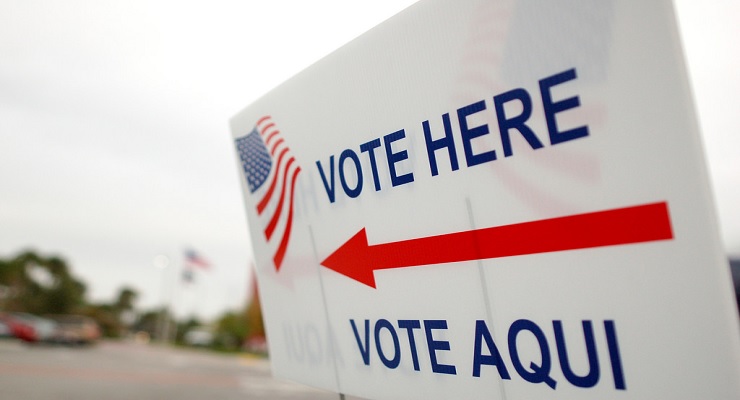
ProPublica
The midterms are here. Here’s everything you need to know to hit the polls and cast an informed vote this election season.
While there are often reports of problems that can arise at the polls (maybe you’ve seen news of malfunctioning machines and registration purges in states that have early voting), a few simple steps can help make sure you’re ready to successfully cast your vote. Let’s start with figuring out what’s on your ballot.
What’s On Your Ballot?
You might be surprised on Election Day when you see just how much is on your ballot. In addition to federal candidates for the House and Senate, some states have local judicial elections, municipal races, lengthy ballot measures and more. (Some ballots in Florida counties run up to five pages long, double-sided!) Here’s how to get a game plan ready for when you enter the voting booth.
Read a Sample Ballot
You can learn who and what is on your ballot by checking BallotReady, which provides specific information, from federal candidates down to your local officers, in addition to letting you fill out a mock ballot you can email or print to bring with you to the booth.
Have a Dress Rehearsal
If you’re still nervous about what to do once you get to your polling place, you might be able to get some practice. Many local election boards have an extra voting machine that anyone can come check out before they vote. Give them a call to see if they have a machine you can come try. (But be patient — this is their busiest season, especially if early voting has begun in your state.)
Dig Deeper
Maybe one candidate has already spent some time serving in the position and is up for re-election. If that’s the case, you can look into how they’ve spent their time in office so far. For congressional races, ProPublica’s Represent database pulls together key details about the bills your representatives have introduced, how they’ve voted, the issues they talk about and more. Here’s our guide to making sense of data about your representatives in Congress.
For candidates looking to make their first foray into politics, the League of Women Voters has information on local, state and federal candidates and ballot measures. You can search for your address or state on Vote411.
If you want to watch how the race in your district is changing in these last, final days before the election, ProPublica’s Election DataBot has everything you could ever want — such as polling numbers and news on specific candidates or races. You can even sign up to get email notifications. Read how to use the Election DataBot here.
Where Are You Supposed to Go?
In some states, voting in the wrong polling place can cause your ballot to be thrown out. Confirm your polling place using Google’s polling place locator.
What to Bring With You
ID requirements for voting vary widely by state, a mixed bag that can lead voters to mistakenly believe they don’t have the required ID when they actually do. Look up laws in your state on Vote411, from the League of Women Voters.
Double (or Triple) Check Your Registration
Issues with registration are among the most common problems voters face at the polls.
As we covered in a previous edition of the User’s Guide to Democracy, election officials regularly clean up their voter rolls to clear not only inactive voters but also those who have moved and forgotten to update their information. Voter purges, however, are prone to mistakes, sweeping eligible voters off the rolls. And in June, a Supreme Court case upheld the ability of election jurisdictions to cancel the voter registrations of people who haven’t voted in years and failed to respond to warnings sent by mail.
Make sure you’re registered — go to Vote.org to verify your voter registration.
Leave a Reply